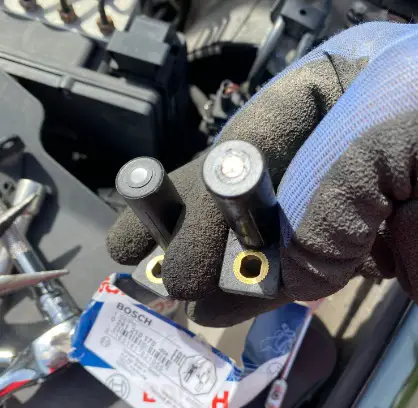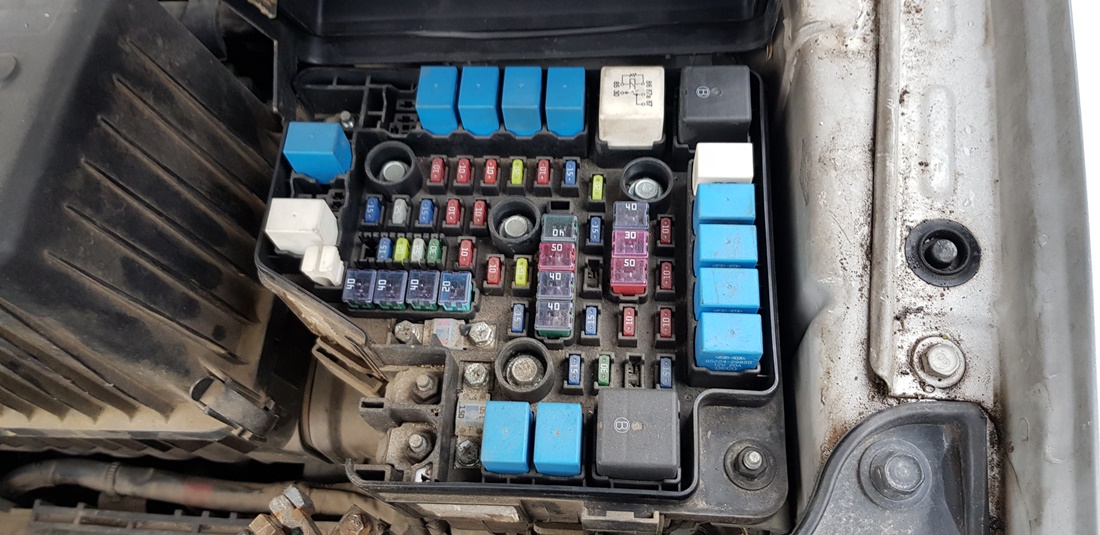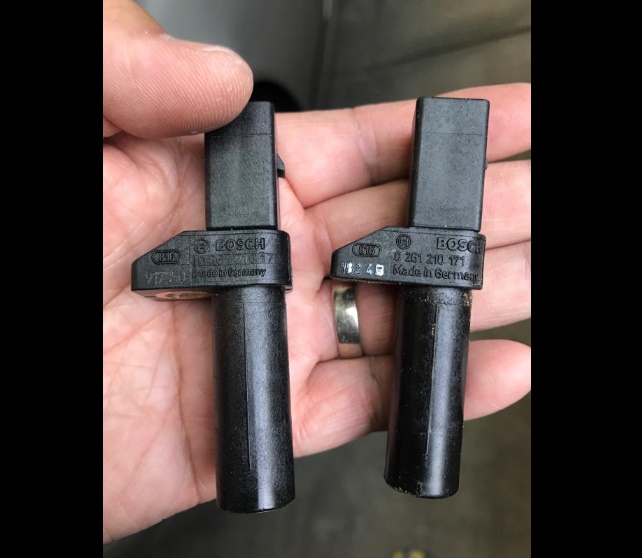Proper tire pressure is crucial for safe driving and optimal vehicle performance. But how often should you check it, and how do you go about doing so?
In this guide, we’ll explore the recommended frequency for checking your tire pressure and provide a step-by-step process to ensure you can accurately measure it.
Whether you’re an experienced driver or a road novice, understanding tire pressure maintenance is a fundamental part of car ownership.
Let’s delve into the details to keep your ride smooth and safe.
Key Takeaway
- You should check your car tire pressure at least once a month and before long trips, as recommended by most vehicle manufacturers and tire companies.
- To check car tire pressure, use a tire pressure gauge to read the psi level, which is done by removing the valve cap from your tire, pressing the gauge onto the valve stem until the hissing sound stops, and then reading the measurement on the gauge.
- In winter, due to fluctuations in temperature that can affect tire pressure, it’s recommended to check your car tire pressure at least once every two weeks.
- You should increase your car tire pressure in winter because the inflation pressure in tires generally drops by 1 to 2 psi for every 10 degrees the temperature lowers
How Often To Check Car Tire Pressure

It’s generally recommended to check your tire pressure at least once a month because tire pressure can fluctuate due to a variety of factors, including changes in outside temperature, the vehicle’s load, and the condition of the tires themselves.
Underinflated or overinflated tires can lead to poor handling, increased wear, reduced fuel efficiency, and even tire blowouts.
Checking the tire pressure regularly can help you maintain optimal tire performance and prolong the life of your tires. It’s also a good idea to check your tire pressure before long trips or when carrying heavy loads.
Remember, the recommended tire pressure can usually be found in the vehicle’s owner’s manual or on a sticker located on the driver’s side door jamb or glove box door.
Always check the tire pressure when the tires are cold, as driving heats up the tires and increases the pressure within them, which can lead to inaccurate readings.
See also: Correct Tire Pressure For Off-Roading (Answered!)
How To Check Car Tire Pressure
Here is how to check the tire pressure on your car:
Step 1: Find the Recommended Tire Pressure
The first step in checking your car tire pressure is to find out the recommended PSI (pounds per square inch) for your vehicle’s tires.
This information can usually be found in your vehicle’s owner’s manual. It may also be printed on a sticker located on the driver’s side door jamb, glove box door, or inside the fuel hatch.
Step 2: Prepare a Tire Pressure Gauge
Next, you’ll need a tire pressure gauge. These are inexpensive and easy-to-use tools that can be found at any auto parts store. There are different types of gauges – digital, dial, and stick – but all serve the same purpose.
Step 3: Check the Tires When They Are Cold
Tire pressure should be checked when the tires are cold, which means the car hasn’t been driven for at least three hours. This is because heat from driving will cause the air in the tires to expand, leading to a higher pressure reading.
Step 4: Measure the Tire Pressure
Remove the cap from the valve stem on the tire, attach the tire pressure gauge and press down until the hissing sound stops. The gauge will then display the current pressure of the tire.
Step 5: Adjust the Tire Pressure if Needed
If the tire pressure is lower than the recommended PSI, you’ll need to add air. Most gas stations have air pumps available for this purpose.
Attach the air hose to the valve stem and add air in short bursts, checking the pressure after each one to avoid overinflation.
If the tire pressure is higher than recommended, let out some air and check the pressure again until it matches the recommended PSI.
Step 6: Replace the Valve Cap
After adjusting the tire pressure, don’t forget to replace the valve cap. This protects the valve from dirt and moisture.
By following these steps, you can ensure that your car’s tires are properly inflated, which will improve your vehicle’s performance, fuel efficiency, and longevity.
How Often To Check Car Tire Pressure In Winter
In winter, it’s recommended to check your tire pressure at least once a month because for every 10-degree Fahrenheit drop in temperature, tire pressure tends to decrease by about 1 PSI (pound per square inch).
Underinflated tires can lead to several issues including poor handling, increased tire wear, reduced fuel efficiency, and even tire blowouts. This is particularly concerning in winter months when road conditions can be treacherous.
If your area experiences significant temperature fluctuations during the winter, it might be beneficial to check your tire pressure even more frequently.
Always remember to check the tire pressure when the tires are ‘cold’, or haven’t been driven on for at least three hours. This ensures that you’re getting an accurate reading, as driving heats up the tires and increases the pressure within them.
The correct tire pressure for your vehicle can usually be found in the owner’s manual or on a sticker in the driver’s side door jamb or glove box door says Continental Tires.
Should You Higher Car Tire Pressure In Winter Time?
Yes, it is necessary to slightly increase your tire pressure during winter because the drop in temperature can result in a decrease in your tire pressure as air contracts in the cold.
However, it’s crucial not to overinflate your tires. Overinflated tires can lead to excessive wear and tear in the center tread and increase the risk of damage from road debris or potholes.
The optimal tire pressure for your vehicle is typically listed in the owner’s manual or on a sticker located inside the driver’s side door jamb or glove box door.
It’s recommended to check the tire pressure when the tires are ‘cold’, meaning they haven’t been driven on for at least three hours. This ensures an accurate reading since driving heats up the tires, causing the pressure within them to increase.
Why You Should Check Car Tire Pressure
Regularly checking your tire pressure is crucial for ensuring optimal vehicle handling and safety, prolonging tire lifespan, enhancing fuel efficiency, and preventing unexpected road hazards like blowouts.
Firstly, properly inflated tires ensure that your vehicle has the best possible contact with the road, which leads to improved traction, handling, and braking. This is particularly important in adverse weather conditions when road grip can be compromised.
Secondly, correct tire pressure contributes to the longevity of your tires. Underinflated tires can cause excessive wear on the tire tread, especially on the edges, leading to a need for premature replacement.
Overinflated tires, on the other hand, can lead to excessive wear in the middle of the tread.
Thirdly, maintaining the right tire pressure can enhance fuel efficiency. Underinflated tires create more rolling resistance, which means your vehicle has to work harder to move, thus consuming more fuel.
Lastly, checking your tire pressure can help prevent unexpected and potentially dangerous situations on the road, like blowouts.
A tire with incorrect pressure is more susceptible to cuts, punctures, and other damage from encountering potholes or debris on the road.
How Often Do Car Tires Lose Pressure?
Tires naturally lose pressure over time, even when they’re in perfect condition. On average, a tire can lose about 1 to 2 PSI (pounds per square inch) per month.
This rate can be influenced by a variety of factors including the tire’s age, wear and tear, and changes in outside temperature.
It’s also important to note that tires can lose pressure more rapidly if they have a slow leak, which can be caused by a puncture, a faulty valve stem, or a poor seal between the tire and the wheel.
In such cases, the tire could lose 1 to 2 PSI in a day or even an hour, depending on the size of the leak.
Given this natural loss of pressure, it’s recommended to check your tire pressure at least once a month, and before long trips.
Always remember to check the tire pressure when the tires are cold, as heat from driving can increase tire pressure and give you an inaccurate reading. Regular checks will help ensure your tires are properly inflated for optimal performance and safety.
FAQs
Q: Why is it important to check car tire pressure regularly?
A: Regularly checking car tire pressure ensures that your tires are properly inflated, which helps improve fuel efficiency, prolong tire life, and ensure safe driving conditions.
Q: Can I rely on the tire pressure monitoring system (TPMS) in my car?
A: While TPMS can provide you with an indication of low tire pressure, it is still recommended to physically check the tire pressure using a tire pressure gauge for more accurate readings.
Q: What is the optimal tire pressure for my car?
A: The optimal tire pressure can vary depending on the make and model of your car. Always refer to your vehicle’s owner’s manual or the label inside the driver’s door jamb for the recommended tire pressure.
Q: Are there any signs that indicate low tire pressure?
A: Some signs of low tire pressure include decreased fuel efficiency, uneven tire wear, increased stopping distance, or noticeable handling issues while driving.
Q: What should I do if my tire pressure is too low?
A: If your tire pressure is too low, you should add air to your tires using a tire inflator or visit a nearby gas station that offers air filling services. Make sure to inflate the tires to the recommended pressure.
Q: How do I check my car tire pressure?
A: To check your car tire pressure, you will need a tire pressure gauge. Remove the valve cap from each tire, firmly press the gauge onto the valve stem, and read the pressure displayed on the gauge.
Q: Can I check the tire pressure when the tires are hot?
A: It is recommended to check the tire pressure when the tires are cold. If you must check it when the tires are hot, add 4-6 psi (pounds per square inch) to the recommended pressure.
Q: What should I do if my tire pressure is too high?
A: If your tire pressure is too high, you can release air from the tire using a tire pressure gauge or visit a nearby auto service center for assistance.
Q: Can I rely on the tire pressure written on the tire’s sidewall?
A: The tire pressure written on the tire’s sidewall is the maximum allowable pressure for that specific tire. For the recommended pressure, always refer to your vehicle’s owner’s manual or the label inside the driver’s door jamb.
In Conclusion
Regularly checking your car tire pressure is a simple yet crucial maintenance task that can significantly influence your vehicle’s performance, safety, and fuel efficiency.
Given that tires can naturally lose 1 to 2 PSI per month, it is recommended to check your tire pressure at least once a month and before long trips.
Remember to always perform the check when the tires are cold for the most accurate reading.
By maintaining the correct tire pressure, you can prolong the lifespan of your tires, improve your driving experience, and ensure optimal vehicle safety.




